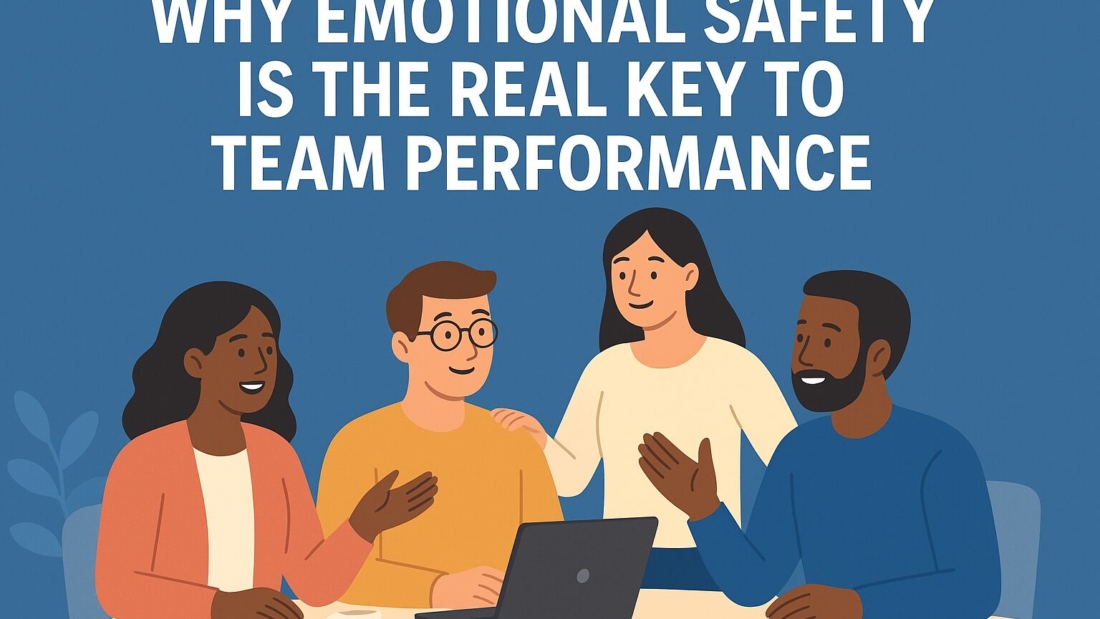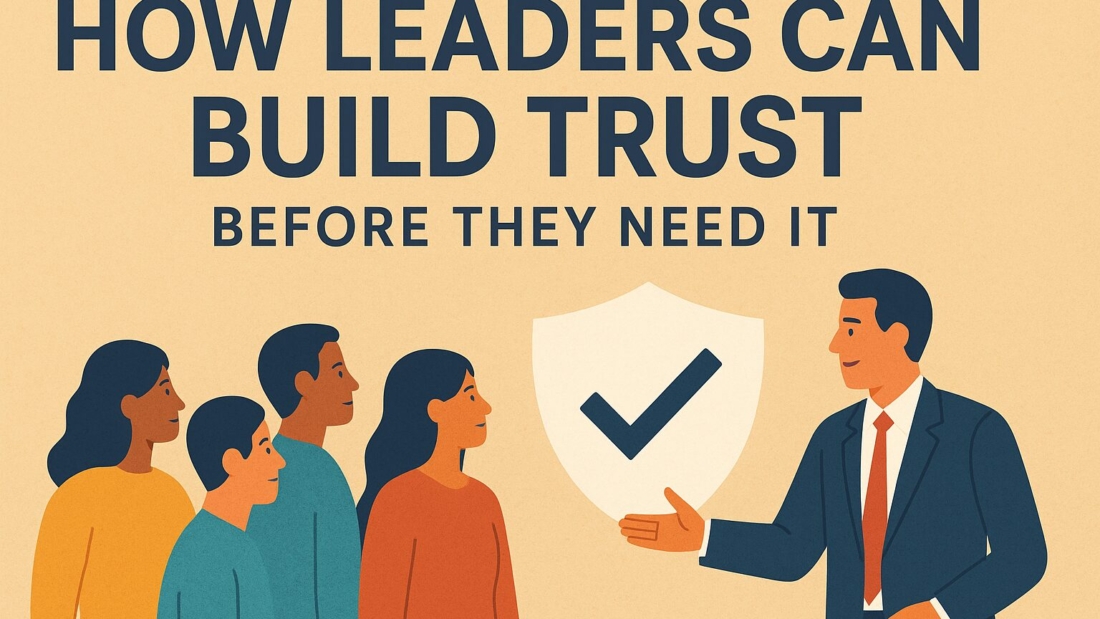Sports have always been more than just games. They are reflections of human ambition, resilience, and collaboration. Whether it’s a basketball team executing the perfect play, a soccer squad strategizing against their opponent, or a tennis doubles pair synchronizing their movements, sports embody the principles of leadership and teamwork in action. These lessons go far beyond the field or court—they can shape how we lead, collaborate, and achieve success in business, education, and daily life.
In this article, we’ll explore how sports teach us essential qualities of leadership and teamwork, and why these lessons are invaluable for anyone aiming to grow personally or professionally.
1. The Importance of Vision and Strategy
Every successful sports team begins with a vision. Coaches and captains create strategies to guide the team toward victory, just as leaders in organizations craft missions and business plans. Vision gives direction, and strategy turns that vision into reality.
For instance, a football coach studies opponents, analyzes strengths and weaknesses, and designs game plans accordingly. Similarly, effective business leaders anticipate challenges and prepare their teams with strategies that align with long-term goals. Without a clear vision, both teams and organizations risk moving aimlessly.
2. Leading by Example
One of the strongest lessons sports provide is the value of leading by example. Great leaders inspire not through words alone but through consistent action. Athletes who show commitment in training, discipline in performance, and resilience in tough moments set the tone for their teammates.
Think of Michael Jordan, who was often the first to arrive at practice and the last to leave. His work ethic motivated teammates to elevate their own performance. In business, managers who demonstrate dedication, integrity, and accountability earn respect and inspire similar behaviors within their teams.
3. Communication Is Key
No team can succeed without strong communication. In sports, players must constantly talk, signal, and coordinate to execute plays effectively. Miscommunication can lead to missed opportunities or costly mistakes.
The same applies in professional settings. Leaders who encourage open dialogue, active listening, and clear instructions foster stronger collaboration. Teams that prioritize communication are more likely to adapt quickly, solve problems effectively, and achieve goals.
4. Trust Builds Strong Teams
Trust is the glue that binds teams together. In basketball, a player passes the ball because they trust their teammate to make the shot. In relay races, runners must trust that the baton handoff will be seamless. Without trust, collaboration breaks down.
In leadership, building trust means being reliable, transparent, and supportive. When leaders show they believe in their team members’ skills, individuals gain confidence and perform better. Strong trust networks empower teams to take risks, innovate, and overcome challenges together.
5. Resilience in the Face of Challenges
Sports teach us that setbacks are inevitable. Injuries, defeats, and unexpected hurdles are part of the journey. What defines champions is their ability to recover, adapt, and come back stronger.
This resilience is equally essential in leadership and teamwork. Businesses face market downturns, technological disruptions, and internal conflicts. Leaders who maintain composure, focus on solutions, and motivate their teams to persevere create cultures of resilience. In turn, teams learn to view challenges not as failures but as opportunities for growth.
6. The Power of Diversity and Roles
Sports teams are made up of individuals with unique roles and skills. A soccer striker focuses on scoring, while defenders concentrate on preventing goals. Both are equally important to winning the game.
In the workplace, diversity in skills, perspectives, and experiences strengthens a team. Leaders must recognize individual strengths and assign roles accordingly. By appreciating each member’s contribution, leaders create balanced teams where everyone feels valued, and overall performance improves.
7. Celebrating Wins and Learning from Losses
In sports, every victory is celebrated as a collective achievement, while every loss becomes an opportunity to analyze and improve. Leaders and teams in any field can adopt this mindset.
Acknowledging wins boosts morale and motivates continued effort. On the other hand, approaching failures as learning experiences helps teams refine strategies without fear of mistakes. Leaders who balance recognition with constructive feedback foster cultures of continuous improvement.
8. Discipline and Consistency
Behind every sports victory lies hours of practice, discipline, and consistency. Athletes dedicate themselves to honing their skills, even when motivation wanes. This discipline teaches us that success doesn’t happen overnight—it requires persistence and commitment.
For leaders, consistency in decision-making, values, and communication builds trust and stability. For teams, consistent performance and effort lead to long-term success. Discipline ensures that goals aren’t just dreams but achievable outcomes.
Conclusion: Lessons Beyond the Field
Sports are more than entertainment; they are classrooms of leadership and teamwork. From vision and strategy to trust, resilience, and communication, the principles that drive athletic success are the same principles that drive organizational and personal success.
Whether you are a business leader, educator, or someone seeking personal growth, embracing these lessons can transform how you lead and collaborate. Just like in sports, victories in life come when individuals work together, support one another, and stay focused on the shared goal.










